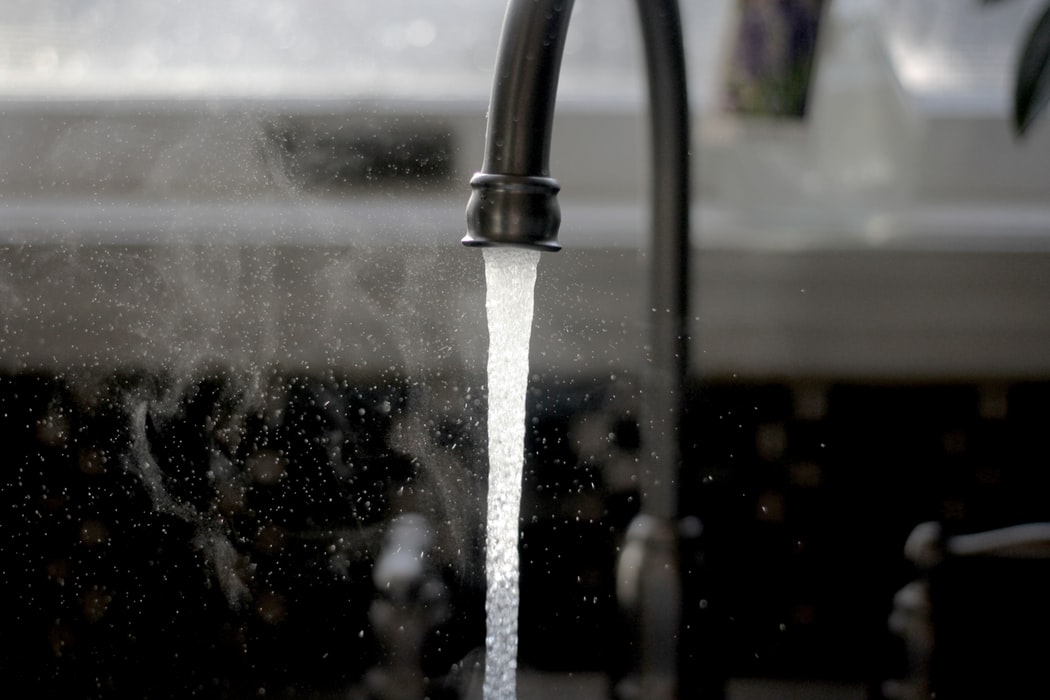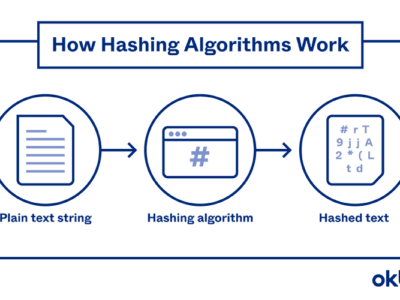The SDG targets 6.1 and 6.2 set out the goal of universal access to safely managed water, sanitation, and hygiene services and an end to open defecation by 2030.
This goal can be achieved using lower-cost technologies (for example, septic tanks rather than on sewerage systems with treatment) and following different pathways. One option is to roll out universal access to basic water and sanitation services (an “indirect” pathway) before upgrading to safely managed services, as opposed to providing all newly served households directly with safely managed services (the “direct” pathway).
A study carried out by the World Bank shows that while the total capital cost to achieve universal access to basic water and sanitation ranges from US$116 billion to US$142 billion, the cost to achieve the SDG targets ranges from US$171 billion to US$229 billion (0.5 percent to 0.6 percent of GDP).
This cost includes the capital costs of extending coverage to persons who are currently unserved—which ranges from US$67 billion to US$129 billion (0.2 percent to 0.4 percent of GDP) for achieving SDG targets 6.1 and 6.2—as well as the cost of replacing existing assets that have reached the end of their useful life (US$100 billion).
The principal driver of capital cost beyond the ambition of the goal is the choice of technology (either lower-cost technologies or higher-cost technologies). The high-cost-technology option divides the results into two distinct groups, meaning that, regardless of capital cost overruns and population and urbanization rates, the low-cost technology remains less expensive. The pathway is chosen (direct or indirect) makes little difference overall, although the indirect one is slightly more expensive.
The low-cost-technology option thus appears to be the most cost-effective means of achieving SDG targets 6.1 and 6.2.
For most countries, it could make sense to start with low-cost technologies where the conditions (population density, urbanization) allow, notably for wastewater and sanitation, and then phase in the implementation of conventional sewerage and wastewater treatment—at least in the less densely populated areas. Such an approach facilitates building up the economic and financial sustainability of both the service and the utilities tasked with providing it.
There are several caveats to this point. First, in many countries, unfortunately, water quality norms and laws force cities to comply with very strict standards without allowing for gradualism. Second, non-network solutions (low-cost option) are cost-effective in periurban areas, but not necessarily in dense urban areas. Non-network solutions may simply be impractical in very large, dense cities, while networked solutions create economies of scale in large cities.
Finally, the low-cost option does not allow countries to achieve SDG target 6.3 (“By 2030, improve water quality by reducing pollution, …halving the proportion of untreated wastewater”) and target 6.6 (“By 2020, protect and restore water-related ecosystems”)—both of which require wastewater treatment facilities.
As such, the choice is not so simple. Besides, new technologies like ultraviolet rays and photocatalysts powered by solar panels and new trencher systems to make pipe laying much quicker and less costly, have the potential to accelerate progress toward targets 6.1 and 6.2 at a relatively lower cost.
—————————————–
Source: Rozenberg, Julie, and Marianne Fay, eds. 2019. Beyond the Gap: How Countries Can Afford the Infrastructure They Need while Protecting the Planet. Sustainable Infrastructure Series. Washington, DC: World Bank. doi:10.1596/978-1-4648-1363-4. License: Creative Commons Attribution CC BY 3.0 IGO






